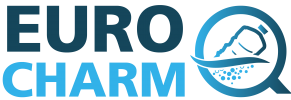Activity | Project news Analysis of microplastics in environmental matrices: results of the interlaboratory comparison study
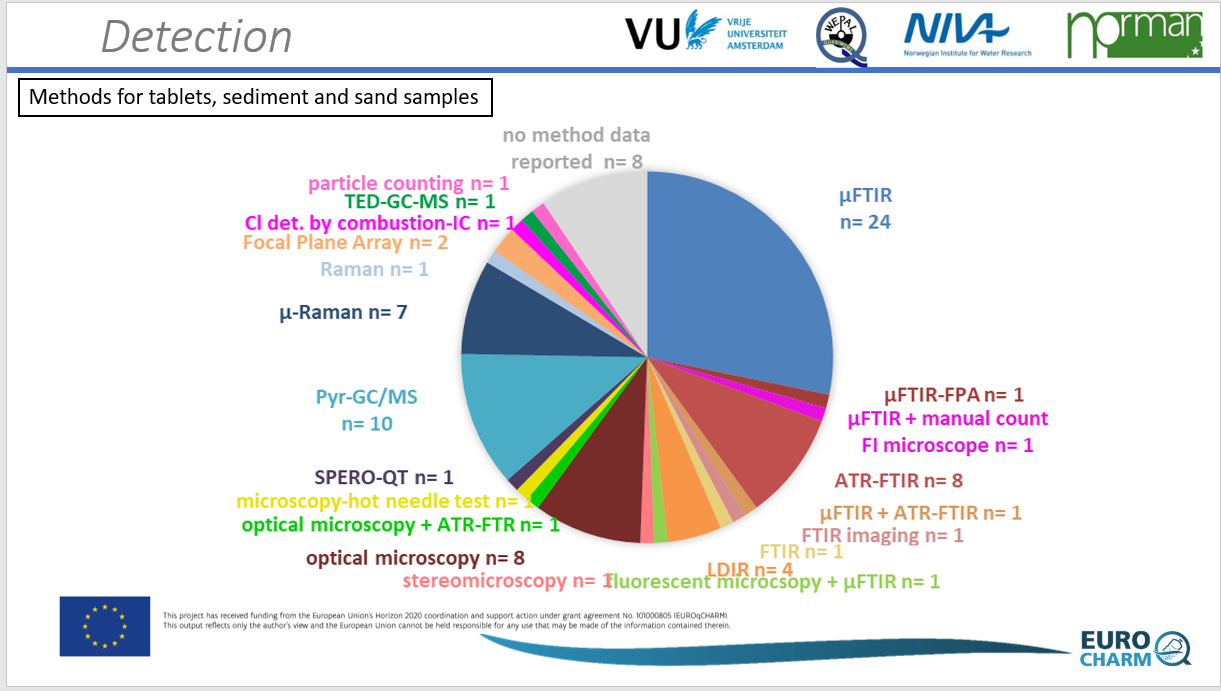
A key task within EUROqCHARM’s second work package (link to Work Package 2: Validation of methods - EUROqCHARM) is to compare selected methods for plastic pollution monitoring through an ILC study. The package of test materials was distributed to the participants in the first week of May 2022. On September 14th, the preliminary results were discussed during a workshop organized at the Vrije Universiteit in Amsterdam. The study was set up in cooperation with QUASIMEME and the NORMAN network.
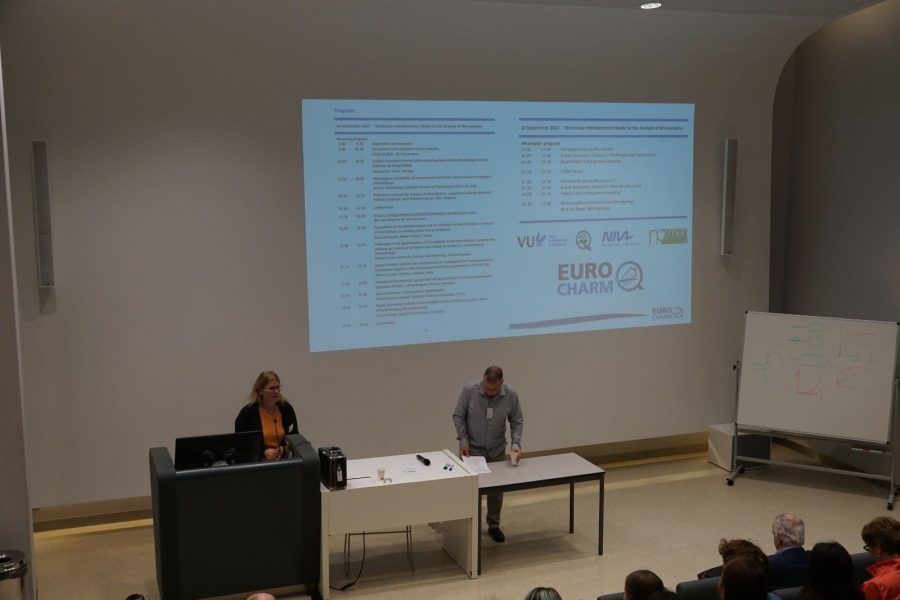
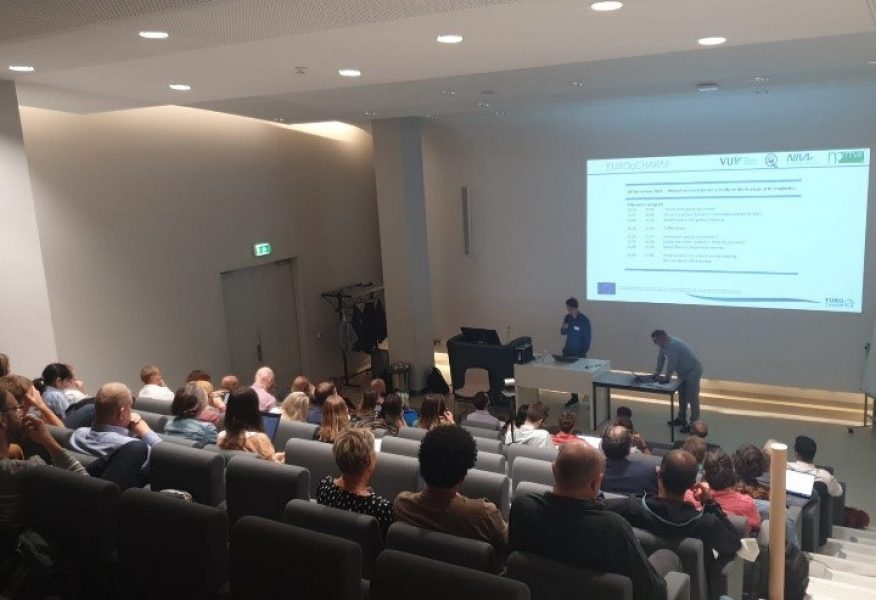
The meeting was attended by 67 participants and started with presentations on the perspective from pollutants to microplastics, on EUROqCHARM, and PlasticTrace projects. Elżbieta Stefaniak from the Joint Research Centre gave an update on the experience of the JRC and perspectives of reference materials for the analysis of microplastics. Several presentations were given on the analyses and the challenges in microplastic analyses in general and will be soon made available on our Zenodo community.
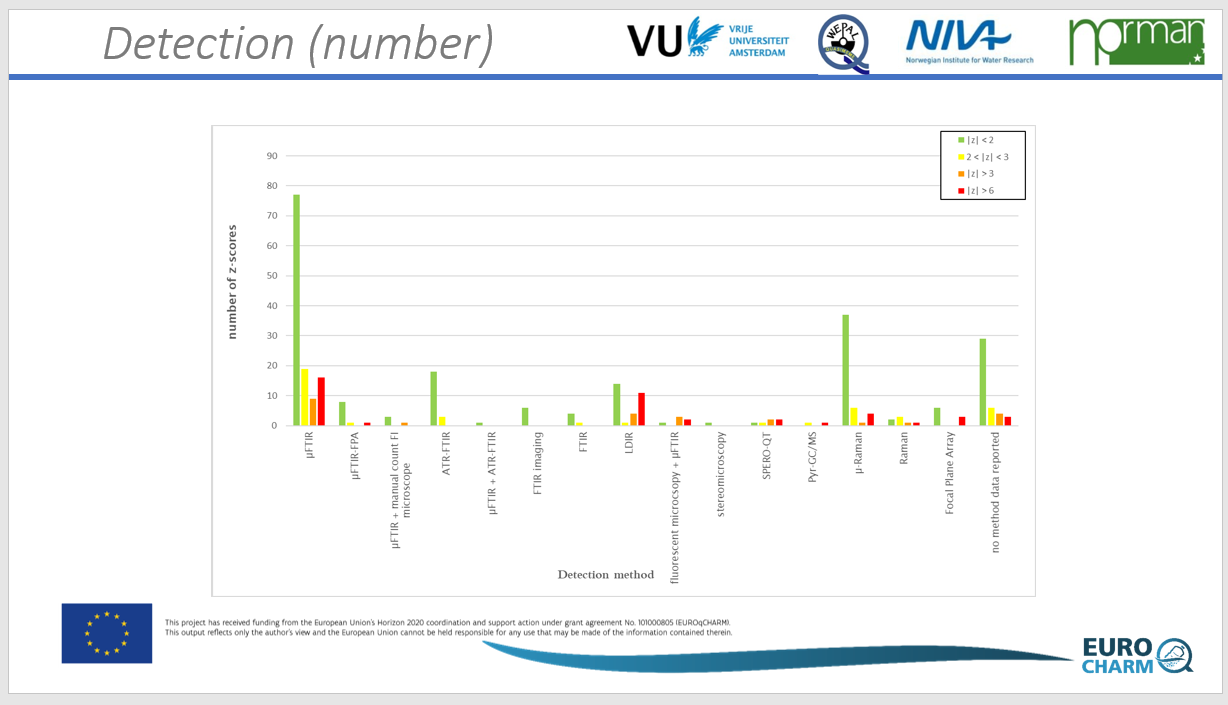
The focus, however, was on the set-up and the primary results and outcomes of the EUROqCHARM ILC. This ILC attracted a significant number (n = 98) of international participants, greatly exceeding the original aim of 30 associated laboratories from the proposal phase of the EUROqCHARM project. In general, the ILC was a success in both the number of participating laboratories and the inferences that can be drawn from the methods used for microplastic analysis. Since there is still a huge variety in methods used, it can be concluded that microplastic analysis is not yet harmonized between laboratories. Additionally, the variation in the reported number of particles for the distributed test tablets (Relative Standard Deviation, RSD = 76-96%) and the sediment sample (RSD = 51-130%) indicate that the quantitative determination of microplastics is challenging, and that further improvements are necessary.
To further discuss these challenges and the results of the ILC, breakout discussions were organized. During these discussions, the needs for future microplastics ILCs and for microplastic analyses in general were addressed.

The workshop was well attended, with targeted discussion topics and presentations, conclusive discussions and received positive participant feedback. Nevertheless, an additional questionnaire was distributed to capture even more information to be used for the final evaluation of the ILC results.
For participants of the ILC which were not able to attend the onsite meeting in Amsterdam, and other interested stakeholders, a summary webinar was organized which enabled EUROqCHARM to inform 34 more ILC participants and stakeholders.
